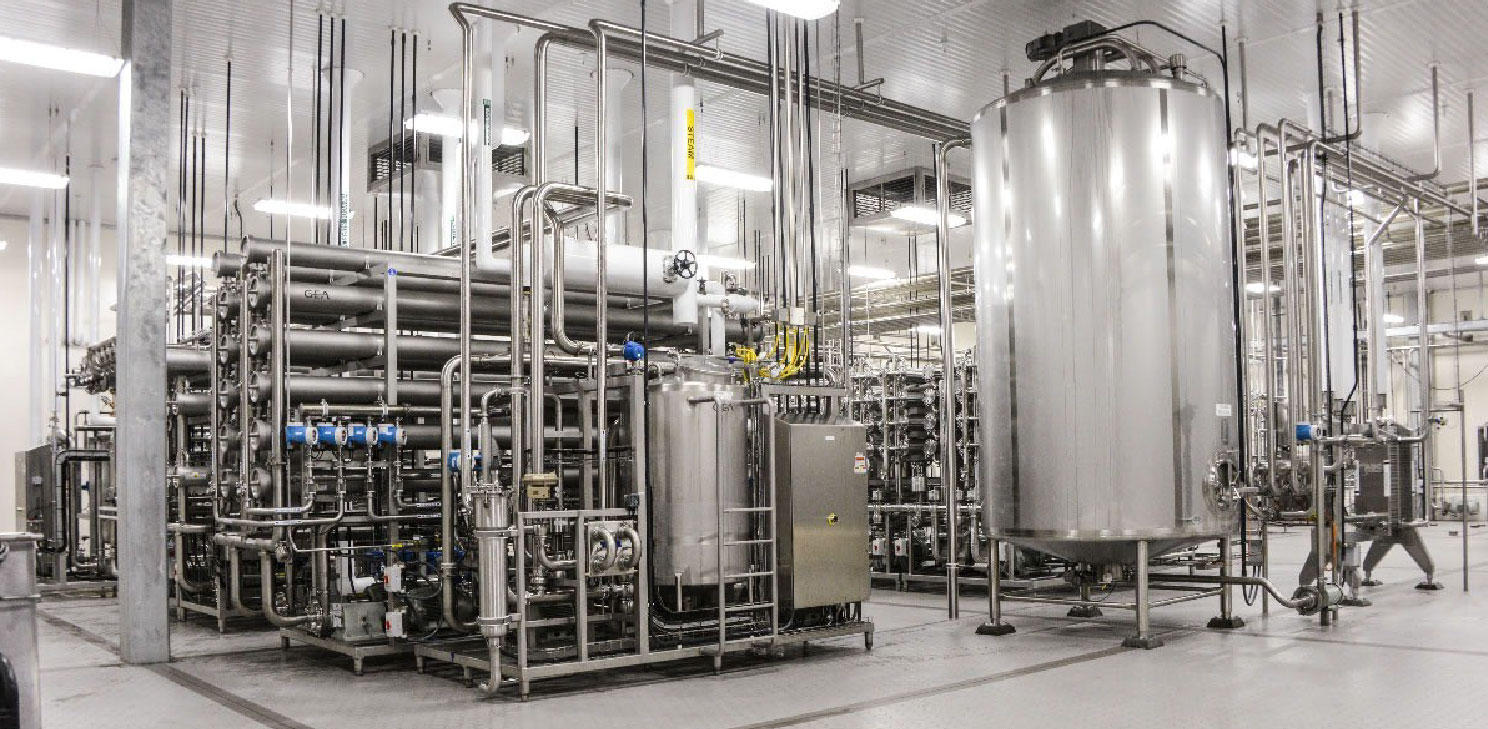Recent tragedies demonstrate the importance of risk-based fire protection strategies being implemented in gigafactory design.
A fire at a South Korean lithium battery manufacturing factory caused 23 fatalities, a number added to the rising death toll of workers who are casualties of a lack of or improper fire protection strategies in lithium-ion battery (LIB) manufacturing gigafactories. There is a rising global demand for zero-emissions green energy and lithium-ion batteries provide an effective solution; however, LIB production involves multiple processes that come with a very high risk of ignition that can result in a chain reaction of fire, explosion, and release of toxic gases. Mitigation of potential fire risks is an essential part of factory design when planning the construction of a LIB gigafactory.
A fire-protection strategy should be a coordinated response of all safety measures, encompassing the structural, technical, and organisational factors that prevent fire outbreak and spread, provide cost-effective protection, and limit potential damages to ensure minimal business interruptions. Building safety should be at the forefront when constructing a gigafactory and adhere to local code and industry standards. A structural plan should allow for a large number of fire compartments to prevent spread and safe and short escape routes to ensure the safety of employees and rescue teams. A comprehensive full-area fire alarm system with an automatic fire extinguishing system must be able to be installed, as well as extinguishing water retentions to prevent environmental pollution.
The highest fire risk is carried by the steps involved in cell finishing, the final process of LIB manufacturing, as the electrolyte is present in a large quantity and can be electrochemically active. If a LIB cell receives mechanical, electrical, or thermal abuse in this state there is a high probability that a thermal runaway event occurs and a fast-propagating, unrestricted fire/explosion/release of toxic gases occurs that spreads to other cells and parts of the production line.
Those who attended the European Battery Gigafactory Summit: Advances in Planning, Engineering and Operations organised by Innovatrix in Berlin in June 2024 will have a greater understanding of fire protection strategies, enlightened by the knowledge-sharing from our accomplished keynote speakers. Guy Watson, Director of Technical Services EMEA at Reliable, delivered a presentation titled ‘Effective Management of Fire Risk in Lithium-Ion Battery in Manufacturing Facilities’ where attendees learned about the risk factors in Li-ion battery manufacturing and how thermal runaway is most probable in the formation and aging steps. The cells are newly charged and contain flammable electrolyte, every severe fire that has damaged a battery manufacturing plant has started in the formation area. Florian Bozec. a fire safety building expert at Automotive Cells Company, explains how to combat this risk when approaching safety concerns in the building design phase in his presentation, ‘Safety in Gigafactories through Building Fire-Safe Design’. Any residual risks from the manufacturing processes that cannot be eliminated by the machine designer must be taken into account and be subject to specific measures to ensure there are no hazards for the workers or the building. Passive protection can be established during design and construction, these measures include the use of fire compartments for processes that utilise fire walls, fire doors, and fire dampers; access points for emergency services and evacuation; and a smoke extraction system. Active protection is utilised when there is a fire and is accounted for in building design by the installation of a fire detection system that can sense off-gas events that are the precursor to thermal runaways, a fire safety system with alarms and safety phones, a fire extinguishing system, and resources for fire suppression.
While lithium-ion batteries offer a promising solution for sustainable energy needs, gigafactory design must include fire protection strategies; otherwise, countless people are at significant risk of losing their lives due to deadly explosions and environmental damage. Attendees of our 2nd Battery Gigafactory Summit USA: Advances in Planning, Engineering and Operations will be able to hear from top industry figures and their peers about innovations in fire protection and safety and many other conference learning points in Nashville, Tennessee, USA, on November 13–14, 2024.
For more information, click here or contact us at info@innovatrix.eu for a full agenda of the event.













